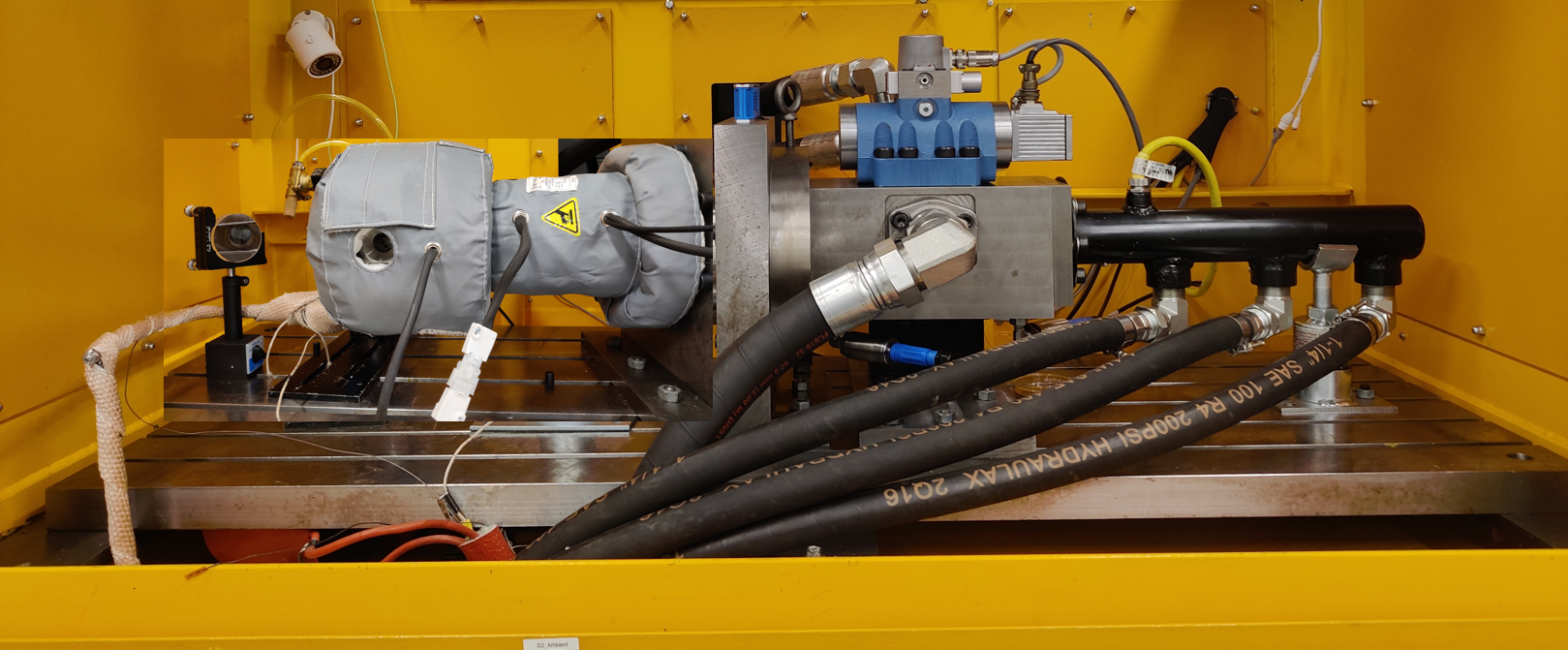Engineering Portfolio
Over the past few years I’ve built and studied plasma-assisted ignition and pre-chamber systems across RCEM, optical/metal engines, and CVCCs—combining diagnostics (PLIF, Schlieren, OH*/IR), CFD/FEA, hardware design, and control to push lean stability, efficiency, and emissions.
20+
Projects
6+
Years Experience
50+
Designs
10+
Technologies
Research Projects
Explore the projects I have been involved in during my academic journey.

Plasma-assisted pre-chamber combustion
2021 – Present
US Department of Energy, Sandia National Laboratories, Carnegie Mellon University, Colorado School of Mines
- Designed and operated an optical RCEM to study homogeneous and heterogeneous combustion processes of renewable fuels.
- Explored nanosecond repetitive pulsed discharges in RCEM, CVCC, and single-cylinder engines.
View details →Open page

NRPD ignition of ammonia mixtures in an active pre-chamber
Dec 2024 – Present
King Abdullah University of Science and Technology (KAUST)
- Set up a new experimental platform to study plasma-assisted ammonia combustion in an optical pre-chamber.
- Investigated nanosecond pulsed discharges on ammonia cracking and ignition using OH* chemiluminescence and NH-PLIF.
View details →Open page

Turbulent jet ignition in a fully ammonia-fueled engine
Dec 2024 – Present
U.S. State of Minnesota Session Law
- Demonstrated stable pre-chamber combustion in a fully ammonia-fueled single-cylinder engine.
- Investigated the effects of pre-chamber geometry on combustion dynamics and emissions.
View details →Open page

Breakdown and instability analysis of low-viscosity jets
Nov 2018 – Dec 2020
Multiphase Transport Phenomena Lab
- Investigated instability and breakdown of low-viscosity jets using hotwire anemometry and flow visualization.
- Applied PIV and LIF to enable design of controlled mixing systems and flow control strategies.
View details →Open page